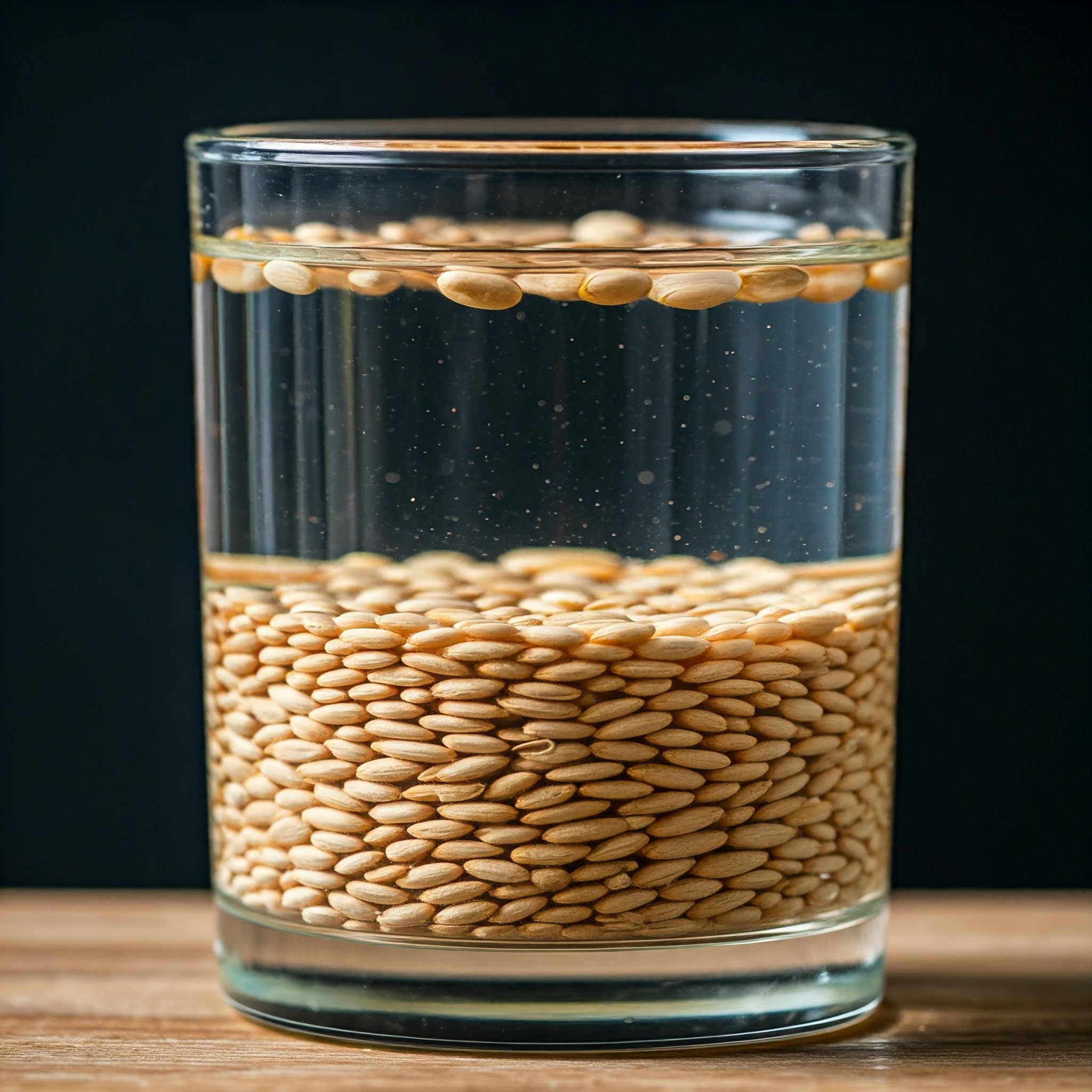
Do Floating Seeds Signal Bad Quality? Debunking the Myth
In this article, we will explore the common misconception that floating seeds signify poor quality. We will debunk this myth and provide an explanation for why some seeds may float while others sink. Through this discussion, readers will gain a better understanding of seed quality and learn how to properly assess the viability of different types of seeds.
Do floating seeds indicate bad quality?
One of the most common beliefs among gardeners is that seeds that float when placed in water are of inferior quality. However, this is not always the case. The ability of a seed to float or sink is not necessarily an indicator of its viability. While it is true that some old or damaged seeds may float due to air pockets inside the seed coat, there are many other factors that can influence whether a seed sinks or floats.
Seeds are designed to disperse through various methods, including water. Some seeds have built-in mechanisms that allow them to float on water, which can help them travel long distances before eventually settling on suitable soil to germinate.
Additionally, the size and weight of a seed can also affect its buoyancy. Lighter seeds are more likely to float, while heavier seeds will sink.

What factors influence seed buoyancy?
There are several factors that can influence whether a seed will float or sink in water. One of the main factors is the presence of air pockets inside the seed coat. Seeds with larger air pockets are more likely to float, as the air trapped inside creates buoyancy. Additionally, the density of the seed coat itself can affect its ability to float. Seeds with thinner or more porous seed coats are more likely to absorb water and sink.
The moisture content of a seed can also impact its buoyancy. Dry seeds are more likely to float when placed in water, as they have not absorbed as much moisture. However, as seeds begin the germination process and absorb water, they may become heavier and sink.
Finally, the size and weight of a seed play a role in determining whether it will float or sink. Larger, heavier seeds are more likely to sink, while smaller, lighter seeds may float.

How can you determine seed quality without using the floating test?
While the floating test can be a quick and easy way to assess seed viability, there are other methods that can provide a more accurate measure of seed quality. One common method is the germination test, in which seeds are placed in a warm, moist environment to encourage sprouting. By observing the percentage of seeds that successfully germinate, gardeners can determine the overall viability of a seed lot.
Another important factor to consider when assessing seed quality is the source of the seeds. Purchasing seeds from reputable suppliers who store their seeds properly can help ensure that you are starting with high-quality seeds.
Additionally, storing seeds in a cool, dry place can help maintain their viability over time. By taking these precautions and using reliable testing methods, gardeners can confidently select seeds that are most likely to germinate and thrive.

Can old seeds still be viable even if they float?
Old seeds that float when placed in water may still be viable under the right conditions. While the floating test can provide some indication of seed quality, it is not a foolproof method for determining viability. Old seeds that have been properly stored in a cool, dry place may still be able to germinate, even if they float when initially tested.
Gardeners can increase the likelihood of success with older seeds by scarifying them, which involves gently scratching or nicking the seed coat to improve water absorption.
Additionally, stratifying certain seeds by exposing them to cold temperatures can help break dormancy and encourage germination. By taking these steps, gardeners can give older seeds a better chance of successfully sprouting and growing into healthy plants.

What should I do if my seeds float?
If your seeds float when placed in water, there is no need to panic. Floating seeds do not necessarily indicate poor quality, but they may benefit from additional preparation before planting. To increase the chances of successful germination, try scarifying the seed coat or stratifying the seeds as mentioned earlier.
It is also important to consider other factors that can affect seed viability, such as the age of the seeds and how they have been stored. If you are unsure about the quality of your seeds, consider conducting a germination test to determine their viability before planting.
By taking these steps and following proper seed starting practices, you can maximize the chances of growing healthy plants from seemingly “bad” seeds.

Conclusion
In conclusion, floating seeds do not necessarily signal bad quality. While some seeds may float due to air pockets or other factors, the ability of a seed to float or sink is not a definitive measure of its viability.
By understanding the various factors that can influence seed buoyancy and using reliable testing methods, gardeners can confidently select seeds that are most likely to germinate and thrive. With proper care and attention, even seemingly “bad” seeds can have the potential to grow into healthy plants.
FAQs
Can I determine seed quality without using the floating test?
Yes, there are other methods for assessing seed quality, such as the germination test and purchasing seeds from reputable suppliers.
Should I throw away seeds that float in water?
No, floating seeds may still be viable under the right conditions and can benefit from additional preparation before planting.
How can I increase the chances of success with older seeds?
You can scarify the seed coat or stratify the seeds to improve water absorption and break dormancy.
What factors should I consider when assessing seed quality?
Consider factors such as the source of the seeds, how they have been stored, and the age and moisture content of the seeds.
How can I conduct a germination test to determine seed viability?
Place the seeds in a warm, moist environment and observe the percentage of seeds that successfully germinate to assess overall viability.


